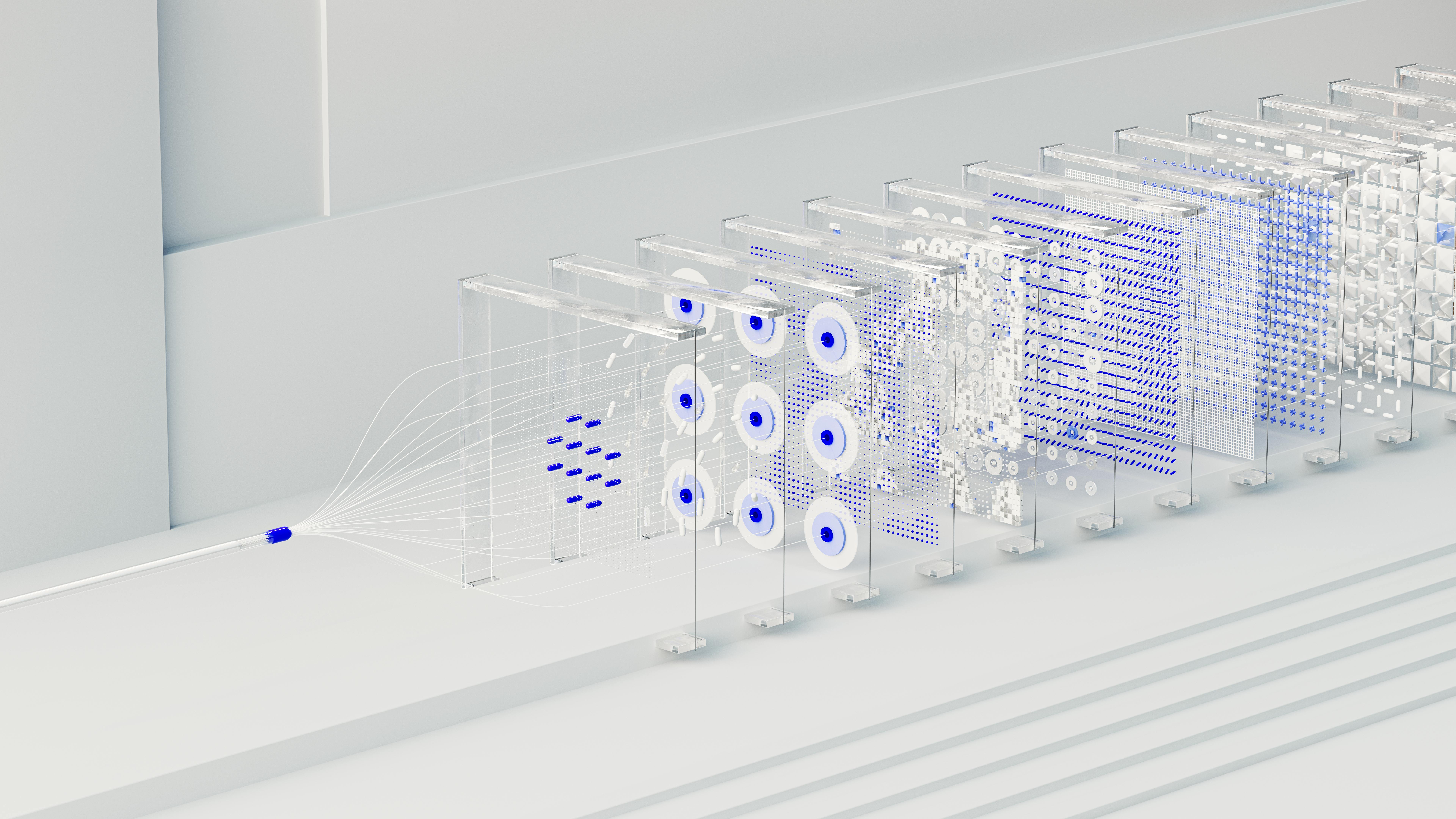Insurance fraud is a growing concern for insurers worldwide, leading to significant financial losses and increasing premiums for customers. Fraudulent claims, including staged damage, false theft reports, and counterfeit device schemes, challenge traditional fraud detection methods. As primary insurers increasingly adopt artificial intelligence (AI) to identify and mitigate fraud, reinsurers must understand how these technologies affect loss ratios, pricing models, and risk assessment strategies. This article examines how AI-powered fraud detection is transforming the insurance landscape and what it means for reinsurance underwriting.
The Scope of Insurance Fraud
Insurance fraud encompasses a variety of schemes that strain insurers' resources and undermine trust. Common fraud patterns include:
- Staged Incidents: Claiming damages for devices or property intentionally destroyed or pre-damaged
- False Theft Claims: Reporting non-existent thefts to receive compensation
- Device Swapping: Submitting claims for counterfeit or older devices while keeping the insured item
- Fake Documents: Providing forged receipts, police reports, or repair invoices
Such activities not only affect primary insurers but also affect reinsurers who share in these losses through treaty arrangements. Understanding how AI reduces these fraud rates is critical for accurate reinsurance pricing.
How AI Tackles Insurance Fraud
AI leverages advanced technologies such as machine learning (ML), natural language processing (NLP), and computer vision to detect fraud patterns and anomalies. Below are the key applications of AI in combating insurance fraud:
1. Pattern Recognition
AI systems analyze historical claims data to identify patterns indicative of fraudulent behavior. For example:
- Unusual claim frequencies from the same individual or geographical area
- Inconsistent information provided across multiple claims
- Behavioral patterns that correlate with confirmed fraud cases
For reinsurers, understanding the effectiveness of these pattern recognition systems helps assess whether primary insurers are reducing their loss ratios through better fraud detection.
2. Image and Video Analysis
Using computer vision, AI can scrutinize submitted photos and videos for signs of manipulation or forgery. For example:
- Detecting inconsistencies in photos of damaged devices or property
- Verifying timestamps and metadata to confirm the authenticity of media files
- Identifying previously submitted images being reused for new claims
These capabilities significantly reduce fraudulent payouts, directly affecting the loss experience that reinsurers cover.
3. Natural Language Processing (NLP)
NLP tools can analyze written statements or phone conversations for inconsistencies and red flags. For instance:
- Identifying discrepancies in customer narratives across multiple interactions
- Detecting keywords or phrases commonly associated with fraudulent claims
- Analyzing linguistic patterns that indicate deceptive behavior
4. Behavioral Analytics
AI tracks policyholders' digital behavior during the claims process to identify anomalies, such as:
- Sudden changes in location or device usage patterns
- Repeated login attempts from unusual IP addresses
- Inconsistent data across digital touchpoints
5. Real-Time Fraud Detection
AI-powered systems can flag suspicious claims in real time by:
- Cross-referencing claims with external databases, such as police reports or repair shop records
- Using predictive models to assign a fraud risk score to each claim
- Enabling immediate investigation of high-risk claims while processing legitimate claims faster
6. Automation and Efficiency
AI streamlines the investigation process by automating repetitive tasks, such as document verification and data entry, enabling human investigators to focus on complex cases.
Benefits for Insurers
Enhanced Accuracy
AI minimizes false positives and negatives, ensuring genuine claims are processed quickly while fraudulent ones are flagged. For reinsurers, this means more predictable loss ratios from cedents using advanced AI systems.
Cost Savings
By preventing fraudulent payouts, insurers can save millions and reduce administrative overheads. These savings improve the profitability of primary insurers, which can lead to better retention rates and affect reinsurance treaty structures.
Improved Loss Ratios
Faster claim processing and reduced fraud result in lower overall losses. Reinsurers evaluating potential partners should consider the maturity and effectiveness of their AI fraud detection systems when pricing treaties.
Scalability
AI systems can handle large volumes of claims efficiently, making them ideal for high-demand scenarios. This scalability is particularly relevant for reinsurers covering high-frequency lines of business.
Reinsurance Underwriting Considerations
As AI adoption spreads across primary insurance markets, reinsurers must adapt their underwriting approaches:
Evaluating AI Implementation
Reinsurers should assess:
- The type and sophistication of AI systems deployed by cedents
- Historical data showing fraud reduction rates since implementation
- Integration quality with existing claims systems
- Training data quality and model performance metrics
Pricing Differentiation
Insurers with proven AI fraud detection capabilities may warrant more favorable reinsurance pricing. Reinsurers can create competitive advantages by developing frameworks that credit effective AI implementation.
Adverse Selection Risk
As some insurers adopt AI while others lag, reinsurers face potential adverse selection where insurers with weaker fraud detection disproportionately seek reinsurance coverage.
Treaty Structuring
Performance-based treaty adjustments tied to fraud detection metrics can align incentives and account for the improving loss experience from AI implementations.
Challenges and Ethical Considerations
While AI offers immense potential, it is not without challenges:
- Data Privacy: Handling sensitive customer information requires strict adherence to data protection regulations, which can vary across jurisdictions relevant to reinsurance treaties
- Bias in AI Models: Ensuring fairness in fraud detection models is critical to avoid discriminating against specific groups
- Transparency: Explaining AI decisions to customers, regulators, and reinsurance partners can be complex
- Model Validation: Reinsurers need assurance that AI systems are properly validated and produce reliable results
The Future of AI in Insurance and Reinsurance
As AI technology advances, it will become even more adept at detecting sophisticated fraud schemes. Emerging trends include:
Deep Learning Models
More nuanced fraud detection capabilities that can identify complex patterns invisible to traditional machine learning approaches.
Integration with IoT
Leveraging device data and telematics for real-time fraud monitoring, providing objective evidence that reduces information asymmetry between insurers and reinsurers.
Collaboration Platforms
Sharing anonymized fraud data among insurers to identify repeat offenders across the industry. Reinsurers may play a role in facilitating these networks to improve overall market loss experience.
Parametric Trigger Evolution
AI fraud detection reduces moral hazard in traditional indemnity products, similar to how parametric triggers reduce claims adjustment uncertainty in catastrophe coverage.
Conclusion
AI is revolutionizing the fight against insurance fraud by providing insurers with sophisticated tools to detect and prevent fraudulent activities. For reinsurers, this technological transformation presents both opportunities and challenges. By understanding how AI systems work and developing frameworks to evaluate their effectiveness, reinsurers can more accurately price risk and structure treaties that account for improved loss ratios. As primary insurers continue to embrace AI, reinsurers who build expertise in assessing these technologies will gain competitive advantages in underwriting and pricing. The future of reinsurance will increasingly require technical due diligence on fraud detection capabilities as a core component of risk assessment.






